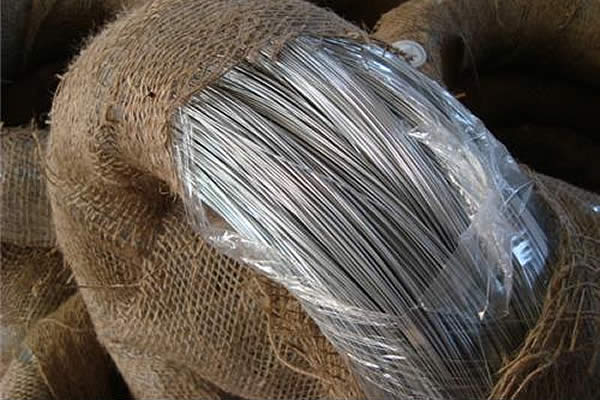 TEL:
+86-13102802206
TEL:
+86-13102802206
 Email:
fencenetting@china.com
Email:
fencenetting@china.com
 Language
Language
 TEL:
+86-13102802206
TEL:
+86-13102802206
 Email:
fencenetting@china.com
Email:
fencenetting@china.com
 Language
Language


The Significance and Applications of Anti-Climb Temporary Fencing
In an era where security concerns are at an all-time high, the need for effective barrier solutions in both commercial and residential sectors has become increasingly prominent. Among various security options available, anti-climb temporary fencing has emerged as a vital tool for protecting construction sites, events, and other sensitive areas. This specialized fencing combines physical deterrence with convenience, making it a preferred choice for many.
Understanding Anti-Climb Temporary Fencing
Anti-climb temporary fencing is designed primarily to prevent unauthorized access to restricted areas. Unlike standard fencing, which may consist of basic materials that can be easily breached, anti-climb fencing features unique designs that deter climbing and offer greater security. These fences are often constructed from high-quality materials like steel mesh, which is not only durable but also challenging to scale. Their height, typically ranging from 2 to 2.4 meters, further adds to their effectiveness in discouraging intruders.
Why Choose Anti-Climb Temporary Fencing?
1. Enhanced Security The primary benefit of anti-climb fencing lies in its ability to provide enhanced security. In environments such as construction sites, where heavy machinery and valuable materials are at risk of theft or vandalism, investing in robust barriers is paramount.
2. Quick Installation and Portability Temporary fencing, by nature, is designed for easy installation and removal. Anti-climb temporary fencing follows this principle, allowing for swift deployment even in challenging conditions. This flexibility is particularly beneficial for projects that may require relocation or adjustments over time.
3. Cost-Effectiveness While the initial investment in anti-climb fencing may be higher than that of traditional fencing options, the long-term benefits far outweigh the costs. By reducing theft, vandalism, and potential liability issues, businesses can save significantly in the long run.

4. Regulatory Compliance In many regions, local authorities mandate the implementation of secure fencing at construction sites and other sensitive locations. Utilizing anti-climb temporary fencing ensures compliance with regulations, thus avoiding potential fines or legal complications.
5. Aesthetic Considerations While security is the primary focus, the aesthetic aspect of temporary fencing should not be overlooked. Many providers offer customizable designs and colors that can blend seamlessly with the surrounding environment, minimizing the visual impact.
Applications of Anti-Climb Temporary Fencing
The applications of anti-climb temporary fencing are vast and varied. Some of the most common uses include
- Construction Sites Protecting valuable machinery and materials from theft and ensuring the safety of workers by restricting access to hazardous areas. - Events and Festivals Managing crowds and restricting access to specific areas, ensuring a safe and controlled environment for attendees. - Public Works Projects Securing construction zones and public works projects, thereby preventing unauthorized entry that could result in accidents. - Emergency Situations Providing immediate security in the aftermath of disasters or during ongoing emergency operations, safeguarding sensitive sites and equipment.
Conclusion
In summary, anti-climb temporary fencing serves as a multifaceted solution that effectively addresses security concerns across various sectors. Its ability to deter unauthorized access while offering flexibility and compliance with regulations makes it an invaluable asset for any project that requires heightened security. As threats to property and safety continue to evolve, investing in quality anti-climb solutions will provide peace of mind and enhance overall security measures. Whether for temporary events or long-term construction projects, this fencing solution is a wise choice in today’s security-conscious landscape.